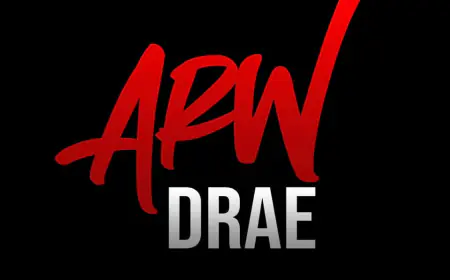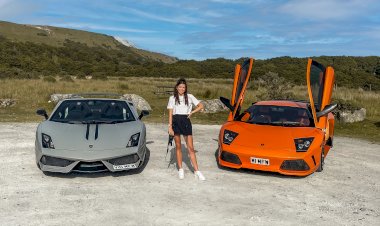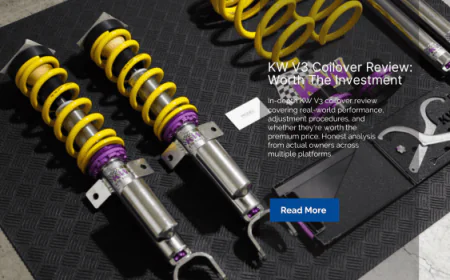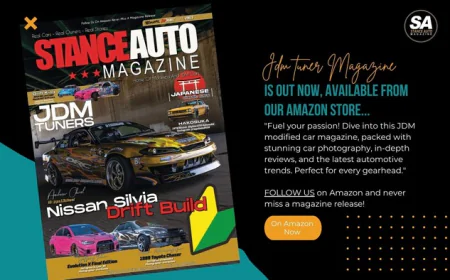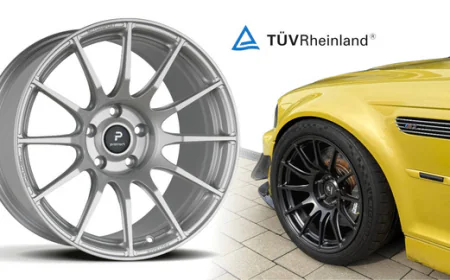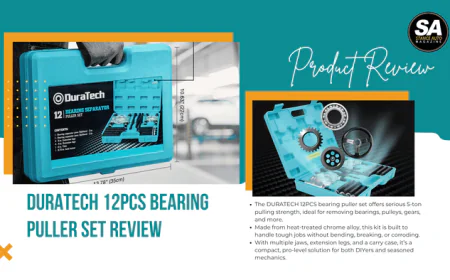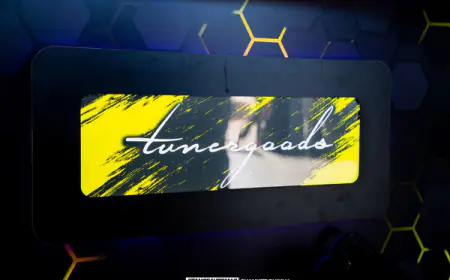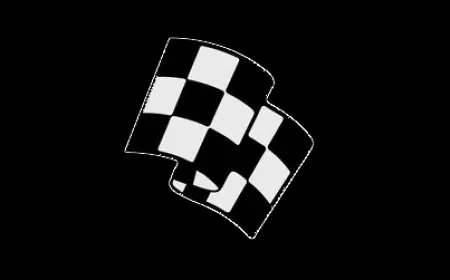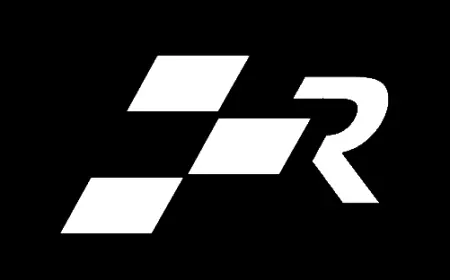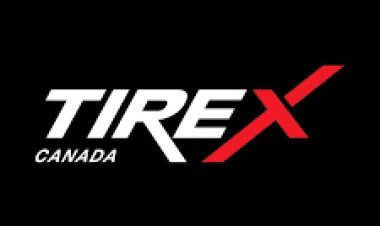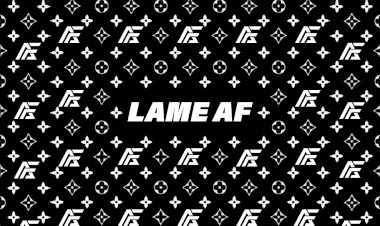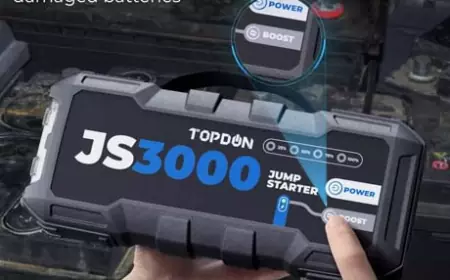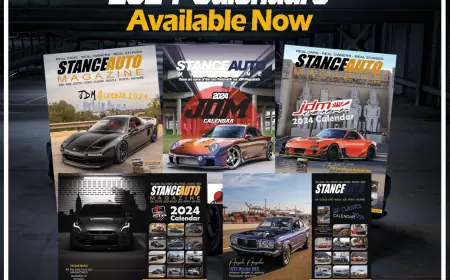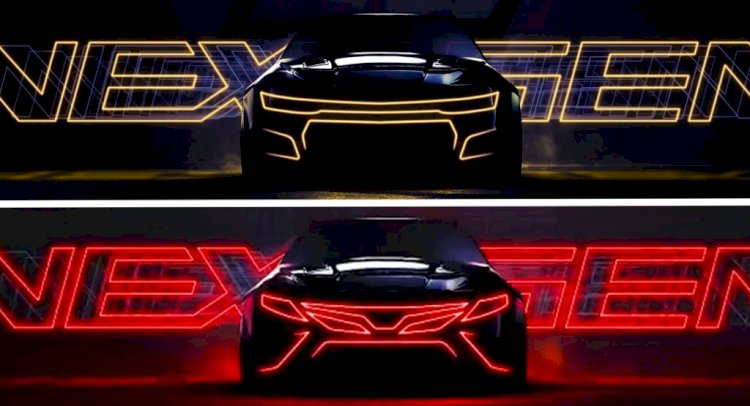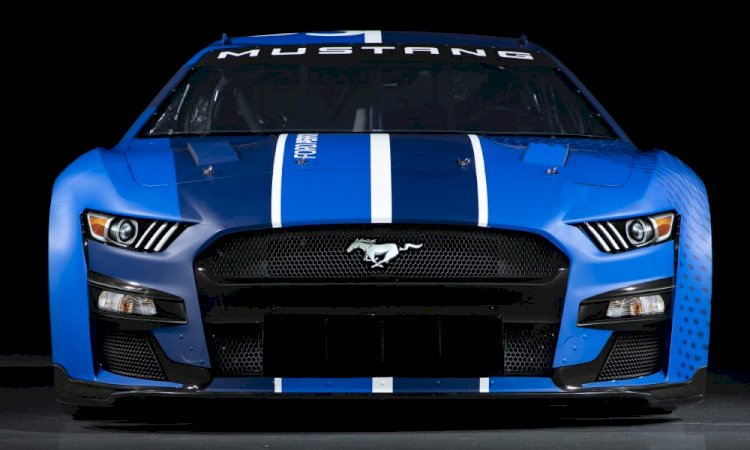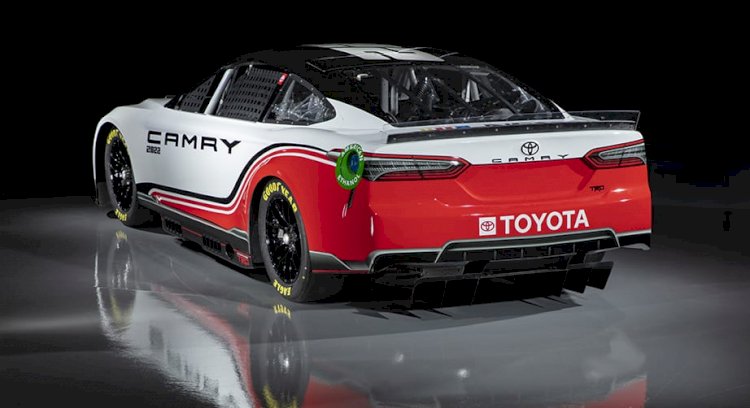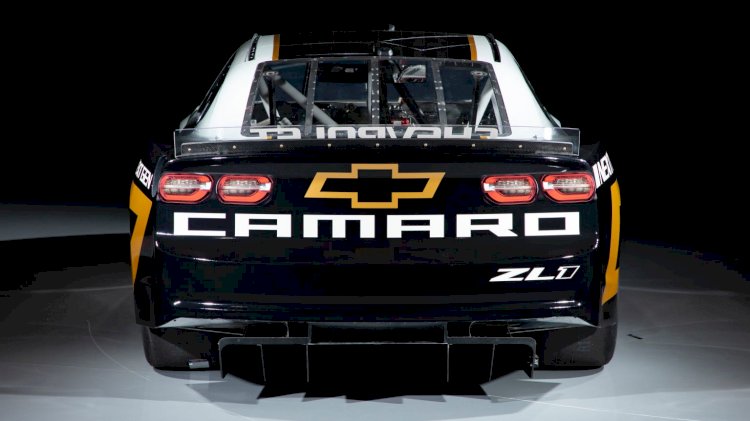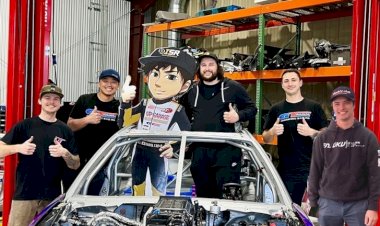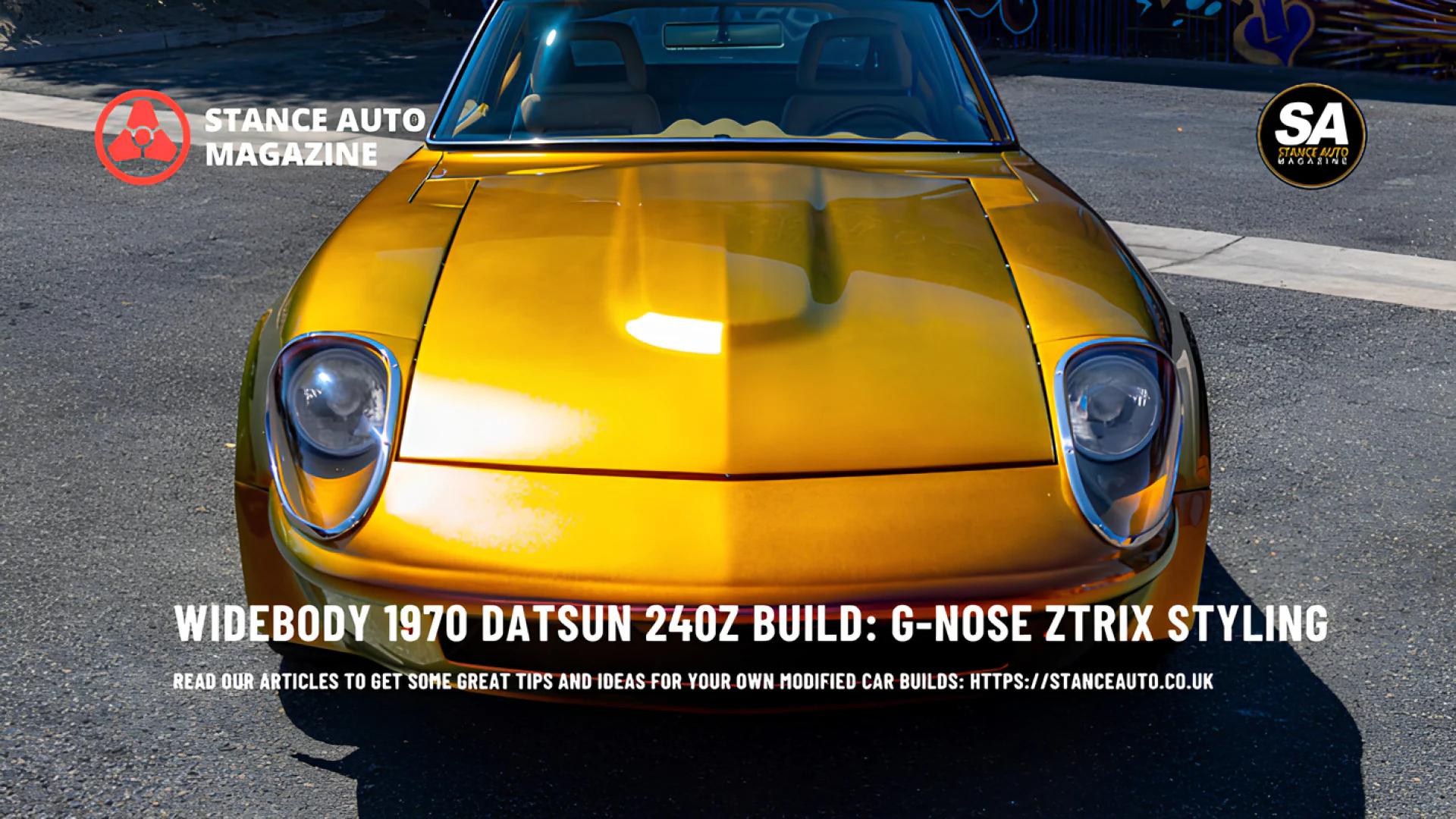NASCAR Reveals Next Gen Racecar
NASCAR's seventh-generation Cup car modernizes the racing body's premier series racer in big and small ways.
Join Stance Auto Mags Group Like our Facebook Page Follow us on Instagram
Printed Magazine and Our Store
More images in the slider above
NASCAR has revealed the seventh-generation Cup series race car, which it's calling the NextGen. With inspiration coming from Australian Supercar and GT3 racers, the Next Gen modernizes the Cup car, which has evolved at a snail's pace since the series formed in 1948. Even fuel injection wasn’t implemented until 2012 (the Xfinity and Camping World Truck series still rely on carburettors). The Next Gen allows manufacturers to shape the race cars' bodies to better represent the Chevrolet Camaro, Ford Mustang, and Toyota Camry they share a name with. The hardware advances with the new car are prodigious. Here’s a deeper dive into the many changes.
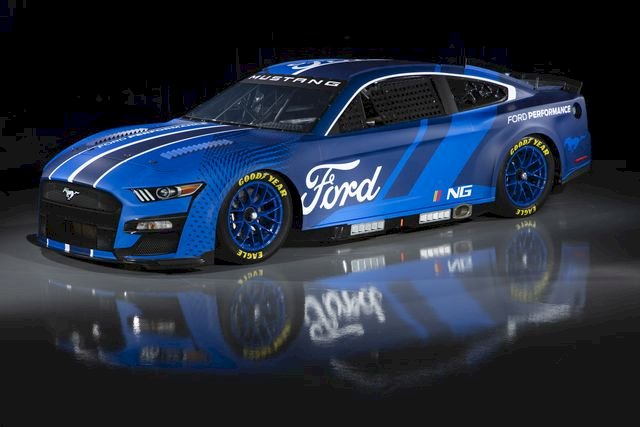
Body and Aerodynamics
The most obvious change to the Next Gen cars is visual. NASCAR has enabled the teams to shape the bodies to more closely resemble the production cars they are named after. No, the Toyota Camry will not have stickers to make it look like a four-door, but the overall profiles and noses will better represent the street going versions of the 'Yota, Chevrolet Camaro, and Ford Mustang. Once the teams submit their designs, NASCAR then verifies that they meet their stringent aerodynamic requirements. The bodies will also be symmetrical. In previous generations, the passenger side protrudes out farther than the drivers. This has allowed the body to create more side force.
Currently, the Cup bodies are constructed of sheet metal. The carcass of the Next-Gen car, such as the Xfinity Series cars, will be assembled with carbon-fibre-reinforced plastic panels. The carbon-fibre bodies are more flexible and durable, meaning an unpleasant interaction with another driver or an intimate encounter with the wall will have fewer consequences. They will also be cheaper for teams to repair by only requiring a panel to be replaced rather than an entire body side.
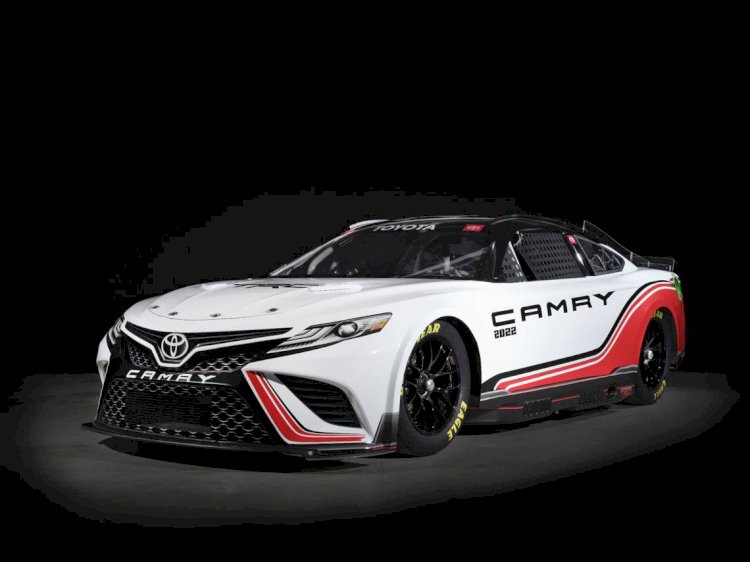
Dimensionally, the body has shrunk. The 50.4-inch roofline sits roughly 1.5 inches lower than before, and shortening up the decklid has removed 6.0 inches from the overall length. At 78.6 inches, the body is 1.6 inches wider, and the wheelbase remains the same at 110.0 inches.
Aerodynamically, the front splitter and rear wing will always be dictated by NASCAR to limit how much downforce a car can generate, while at the same time limiting speed. However, two big changes are happening with the Next-Gen car. Previously, teams would engineer any exposed element on the underside to make them more aerodynamic or to provide some downforce. This gets costly, and some of the smaller teams lack the budget to develop these parts. Now, the underside of the car features a carbon-fibre undertray to create a flat surface, removing the need to develop those parts, and to smooth out the air that will flow through the rear diffuser—a first for NASCAR. As with the other aerodynamic elements, NASCAR will change the diffusers based on what track they are running. The hood now features NACA ducts to help extract heat.
Chassis
Previously, raw steel tubing would enter a race shop at one end, and a tube frame would exit the other. That is no longer the case. Michigan based Technique Inc. will provide all the frames, which now consist of a common centre cage with bolt-on front and rear substructures. The idea here is that when an inevitable crash occurs, the bolt-on structures can be replaced rather than cutting up or throwing away an entire tube frame, and in turn, this should help reduce operating costs.
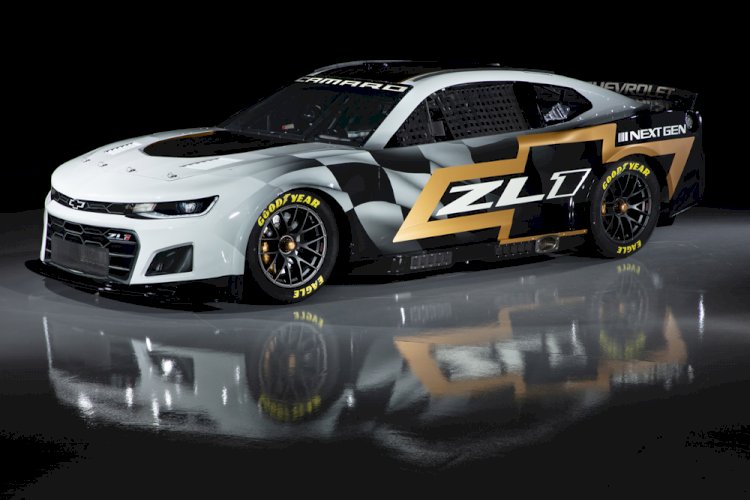
The current car relies on a single adjustment damper to absorb high-speed abnormalities on the race circuits. The race hauliers are filled with dampers for engineers to choose from and then fine-tune, while also choosing the correct spring rate. That will be no more. NASCAR has tapped Öhlins to provide a four-way-adjustable damper at all four corners. This will allow teams to tune a single unit for various tracks, with the potential for making adjustments on the pit lane. As before, which springs are selected will be track dependent.
Upfront, billet aluminium control arms will locate the wheels, but in the rear is where a much-needed, long-awaited, and quite possibly the biggest change is occurring. Currently, the car rides on a live axle in the rear, located by two trailing arms. The Next Gen marks the change to an independent rear suspension. The multi-link configuration allows more adjustment and will pay dividends on road courses, which NASCAR continues to add to the schedule. The in-car driver adjustments to the track bar (the side-to-side movement of the rear axle) are removed, but the wedge (rear spring tension) will still be adjusted on the pit lane by dropping a wrench through the rear window.
Believe it or not–because we couldn’t–the current car still uses a recirculating-ball steering box. This ancient technology dates back to the start of stock-car racing and can be found on a Jeep Wrangler or Gladiator. While in NASCAR form, it's almost certain the worm-gear box is more precise than that of a Jeep, the move to a rack-and-pinion steering system brings the car up to modern standards.
Drivetrain
Thankfully, NASCAR has made no changes to the heart of these cars. Under the hood, the pushrod V-8 engines from Chevrolet, Ford, and Toyota will still be limited to 358 cubic inches and capped at 550 horsepower for restrictor-plate racing and 670 hp for all other tracks. Whereas the current car features a crossover pipe so that all eight cylinders bark their glorious tone at the fans, the new undertray required a change to how the exhaust is routed. Each bank of cylinders will now exit from the left or right of the car, meaning you might only hear an inline-four from the stands. We’ll save our judgment until we hear the car ourselves.
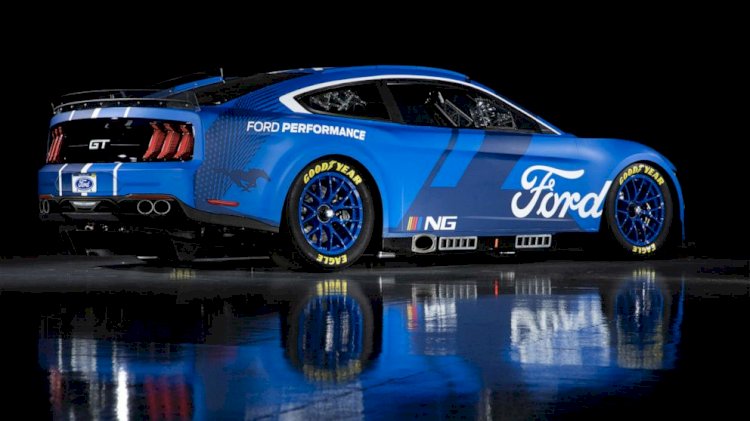
In transmission news, the four-speed gearbox is replaced by an X-Trac–supplied five-speed transaxle. The engineering departments say that we won't see any downshifting at the high-speed ovals, as NASCAR's final-drive selections will make sure that doesn’t happen, but the additional gearing will provide more gear swaps when the series visits road courses. Part of NASCAR's mission was to develop a platform that can be adapted over time, and the transaxle supports that strategy, as it will enable–gasp–eventual hybridization to the powertrain. When that technology arrives in NASCAR has yet to be announced.
Wheels, Tires, and Brakes
A major part of a NASCAR race is the show that occurs on the pit lane. The impeccably orchestrated tire-changing sequence where high-rpm air guns wail away at five lug nuts per wheel can make or break a race. The old 15-inch wagon wheels will be sent to pasture with the introduction of the NextGen and be replaced by a BBS supplied 18-inch forged aluminium wheel. The change to a centre-lock wheel met the most pushback from teams, but it was required because of the destruction the 10,000-rpm air gun would cause each time it was slammed against the aluminium wheel. The move to a centre-lock wheel better aligns the Cup series with any other noteworthy racing class. NASCAR claims that due to the speed and the weight of the cars, the centre lug has more clamping force than any other series. The wheel change will certainly make for quicker pit stops but provide far less drama.
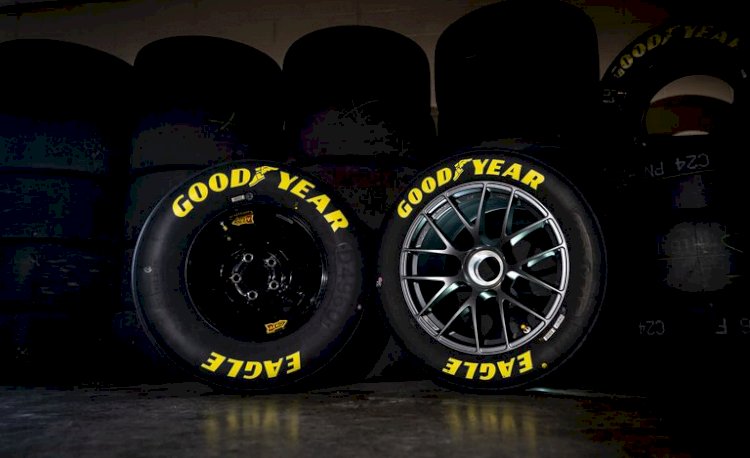
VIA Car and Driver
With the larger wheels comes a new tire. The Goodyear Eagle race rubber gets wider, growing from a 305-section width to a 365, and has a shorter sidewall. The 18-inch wheel also opens the door for bigger brakes, measuring 15.0 inches in the front and 14.0 inches in the rear, up from the current 12.7-inch rotors at the front and rear. There will be two rotors to choose from, both having the same diameters but different thicknesses. A narrower rotor will be used for high-speed ovals, while a thicker rotor will be tasked to manage the higher thermal loads of short tracks and road courses. The clamping forces will be provided by a six-piston calliper in the front and a four-piston outback.
On paper and in photos, the cars look spectacular. The changes to the all-new car are impactful, but the biggest question remains: How will the cars race? That we will not know until they make their debut in 2022 at Daytona International Speedway. We can only hope for some exciting racing as NASCAR is motorsports first, entertainment second.
What do you think of this Motor leave your comments in the comments section at the bottom of the page?
![]()
If you would like your Car, Story or Business Featured like this, Please
Email: Admin, or Submit it through our Forms.
All the Cars in the Online Version of our Magazine will eventually appear in our Fully Printed Magazine, the cars with the most Views, appear sooner so keep sharing your articles with the share button.
Our site contains links to third party websites. We are not responsible for the privacy policies, practices and/or content of these web sites. Their use is at your own risk.
 Like
0
Like
0
 Dislike
0
Dislike
0
 Love
2
Love
2
 Funny
0
Funny
0
 Angry
0
Angry
0
 Sad
0
Sad
0
 Wow
0
Wow
0
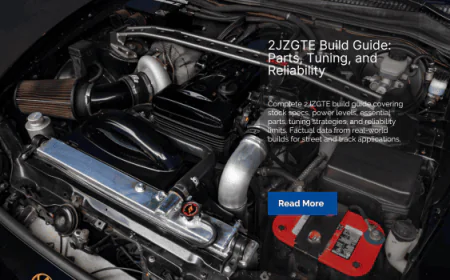

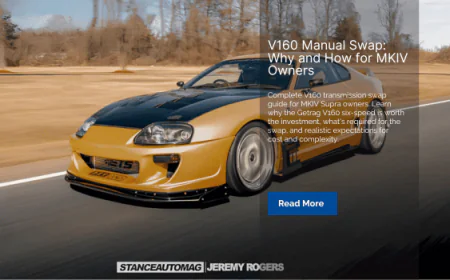
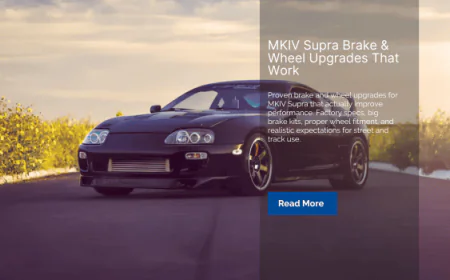
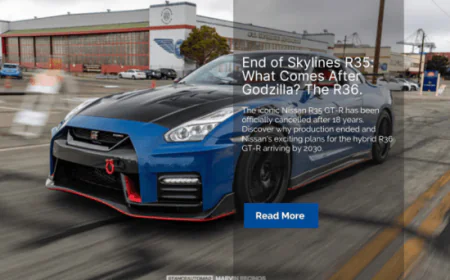

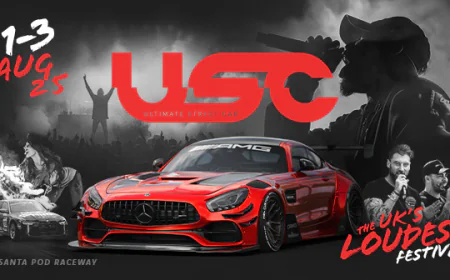


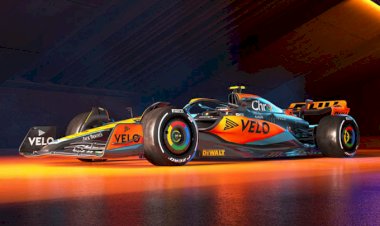
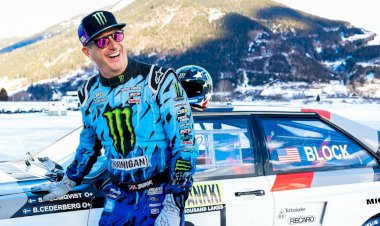
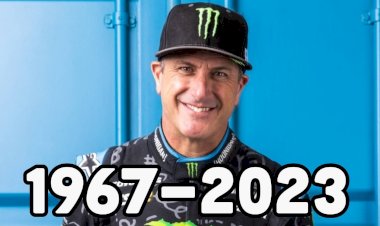
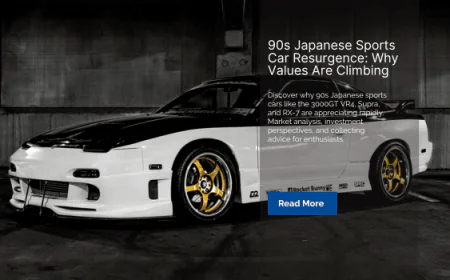
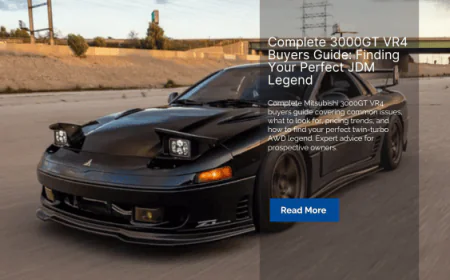

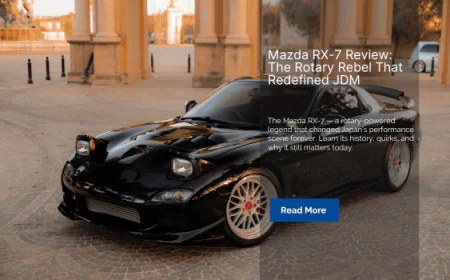
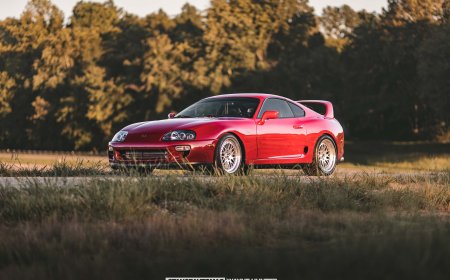
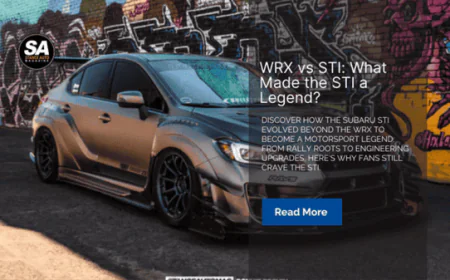

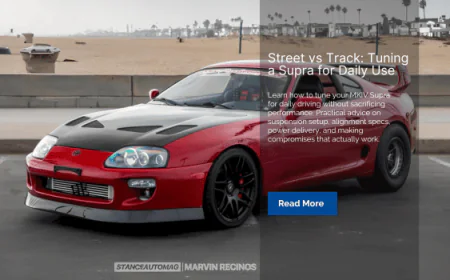

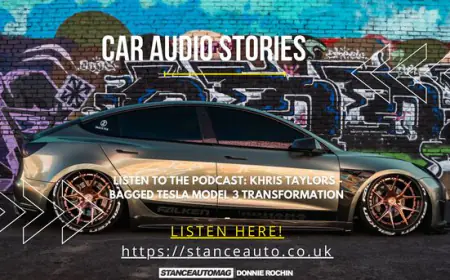
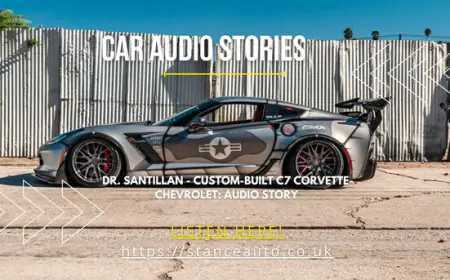





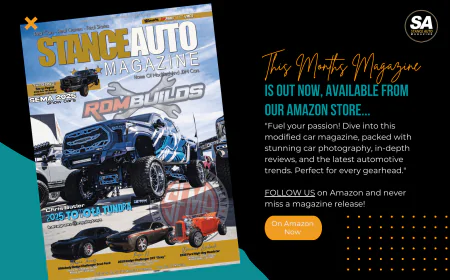
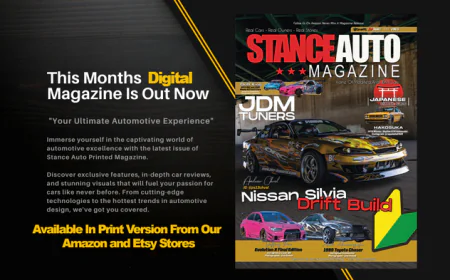


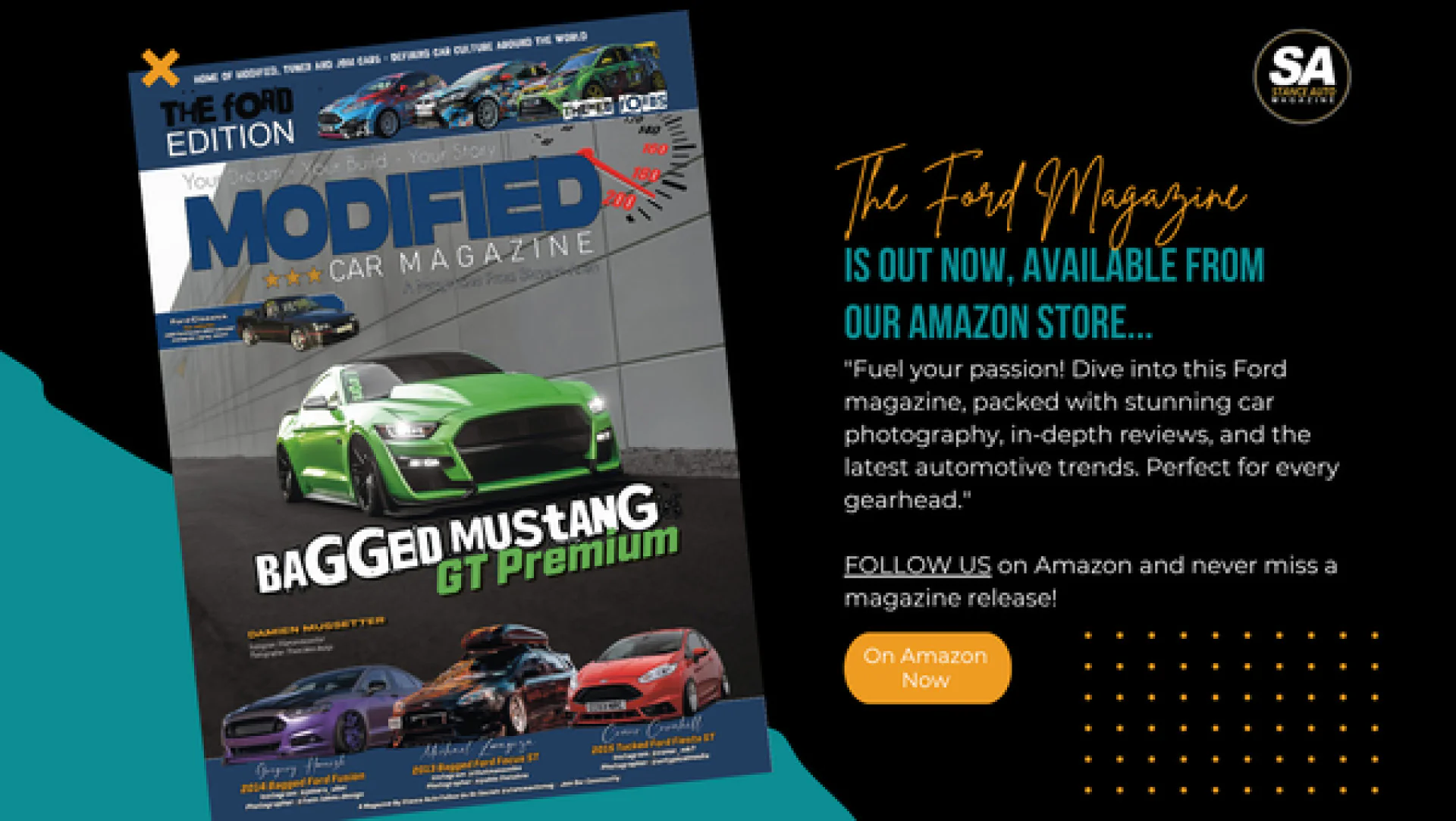

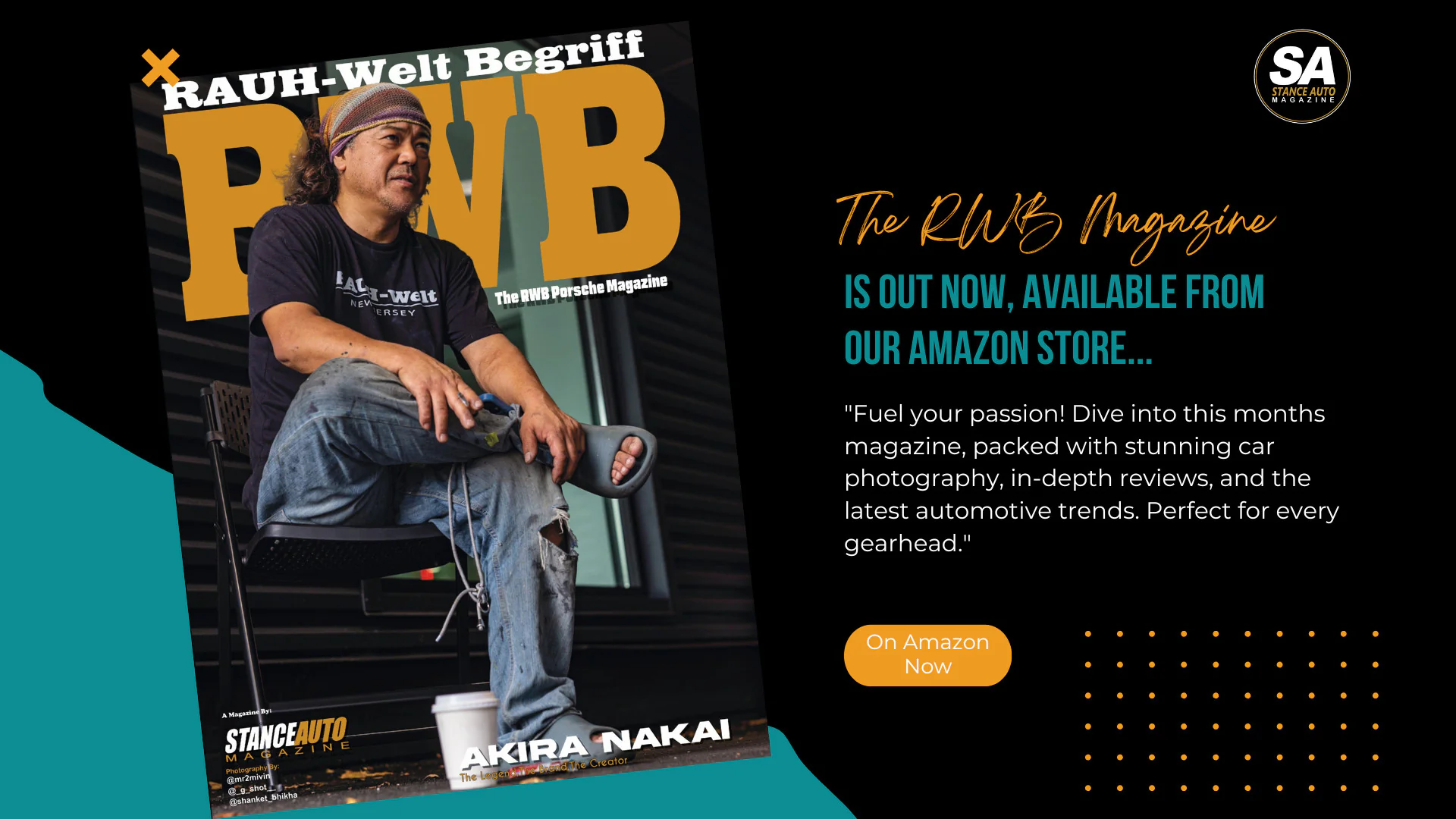
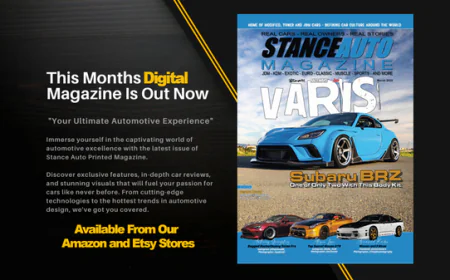

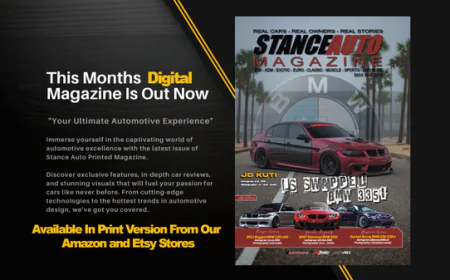

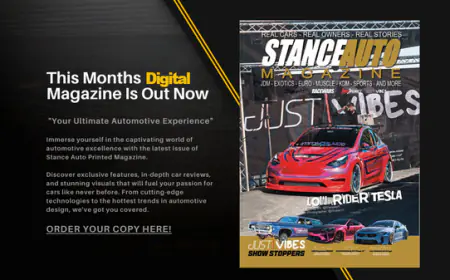
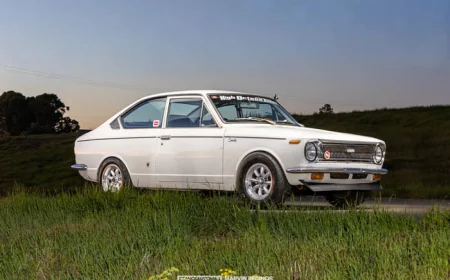
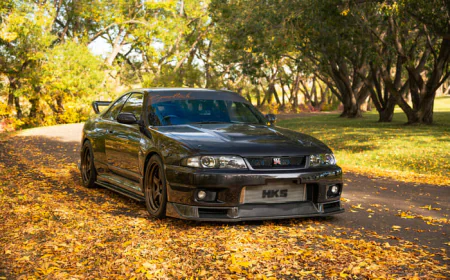
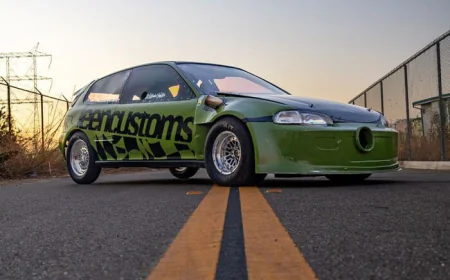
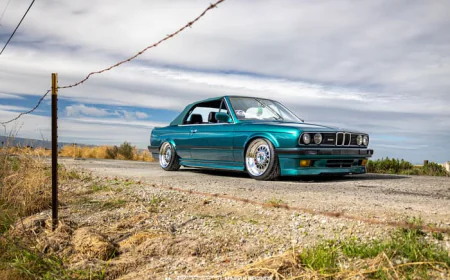
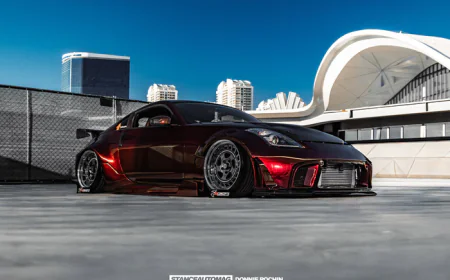
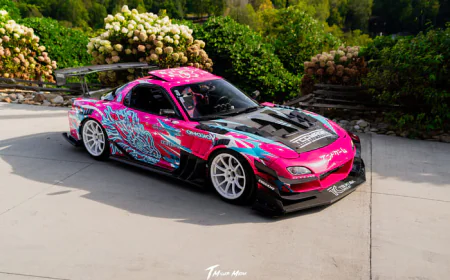
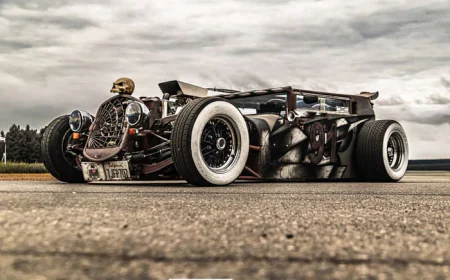
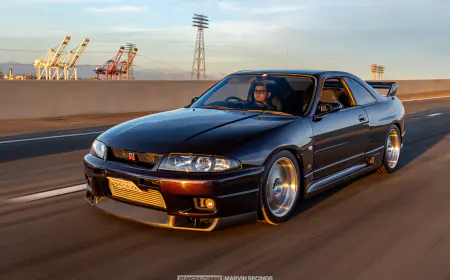
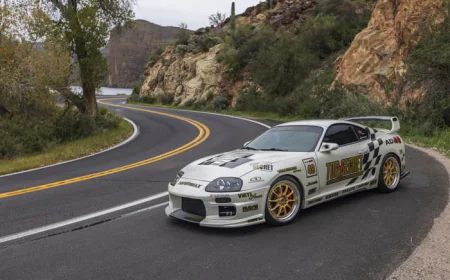
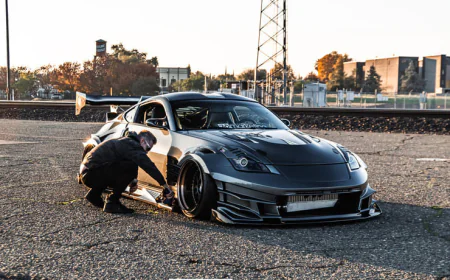
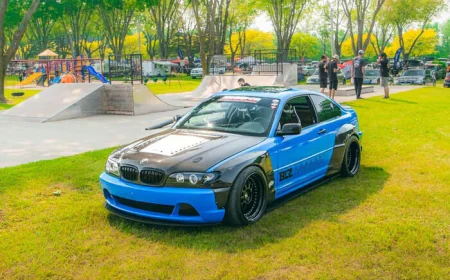
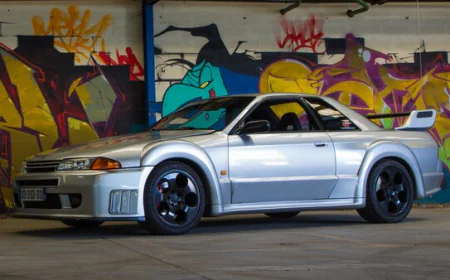
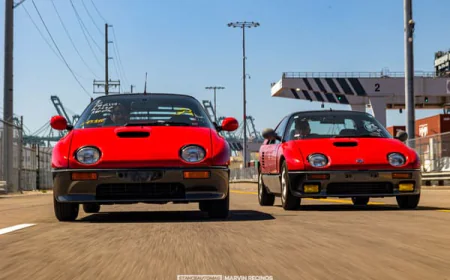
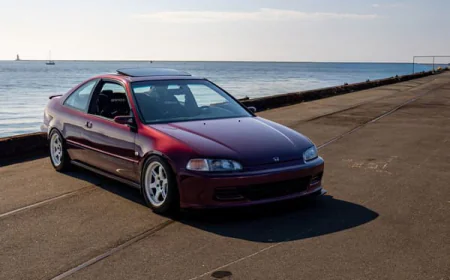

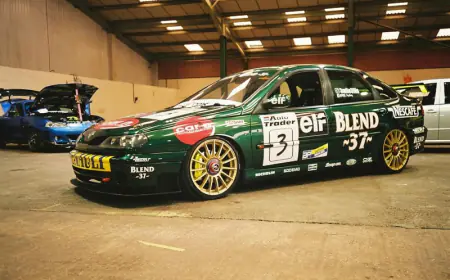

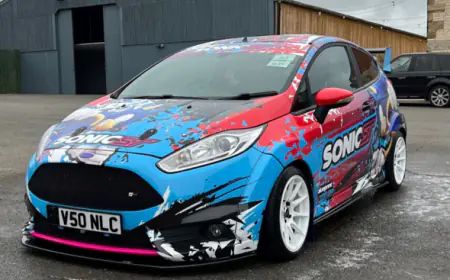

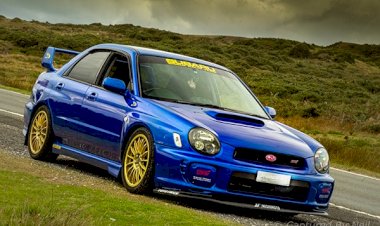

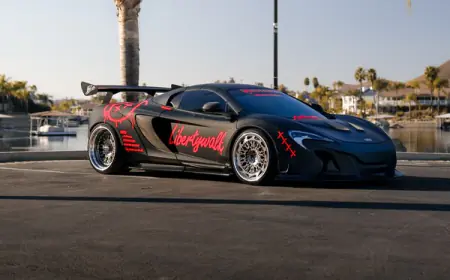
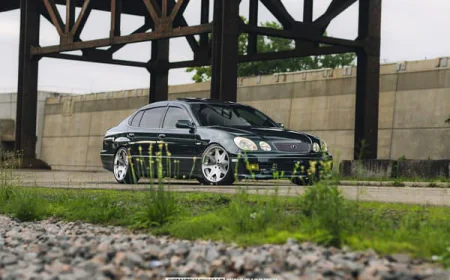

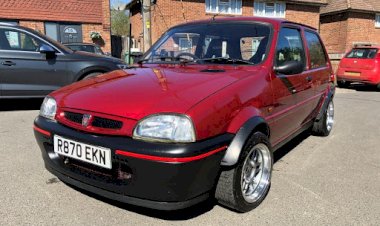
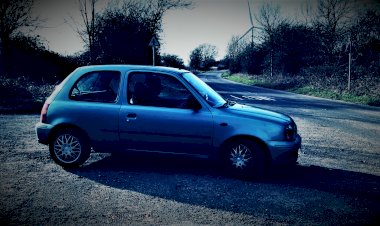

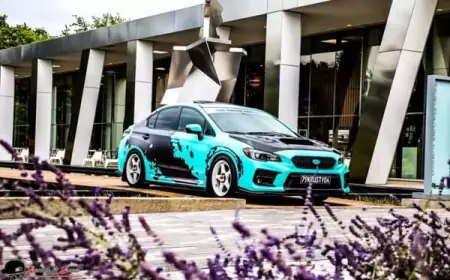


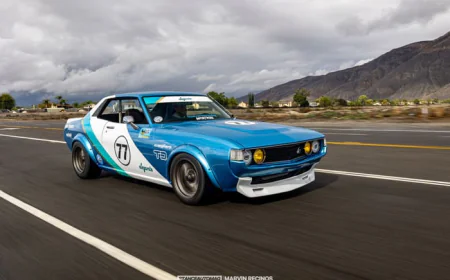
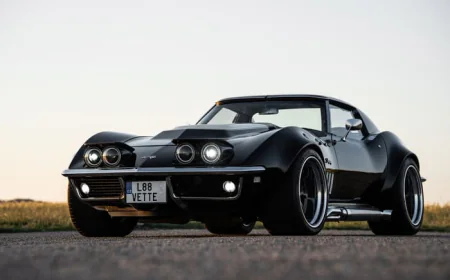
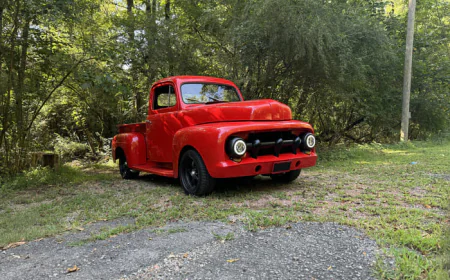
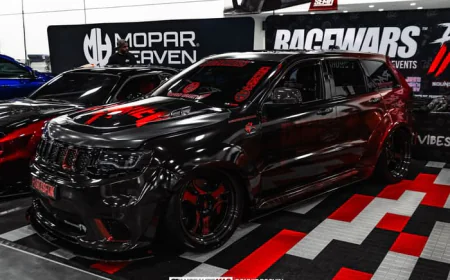
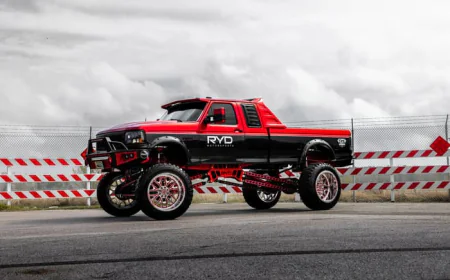
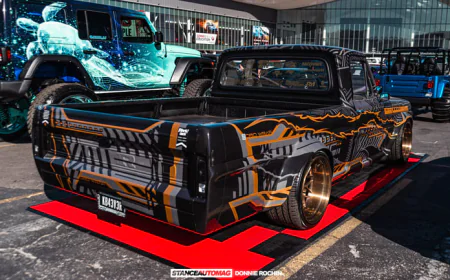
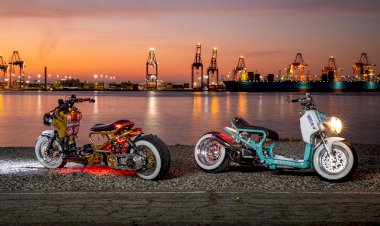

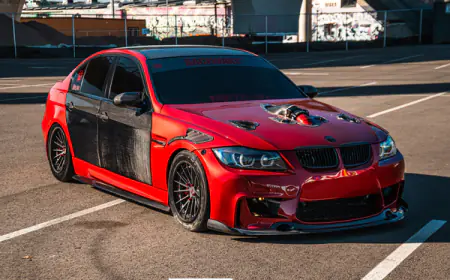
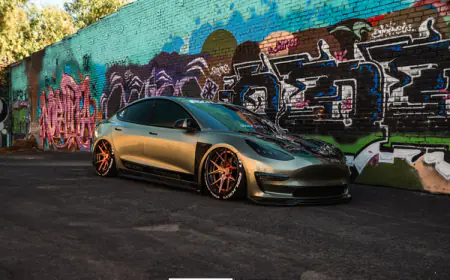
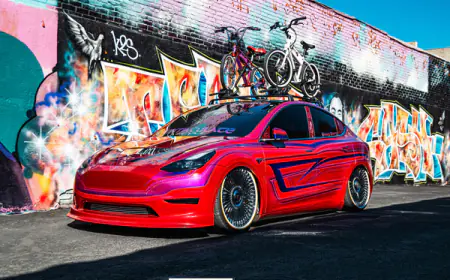
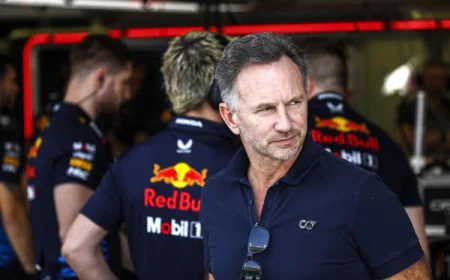


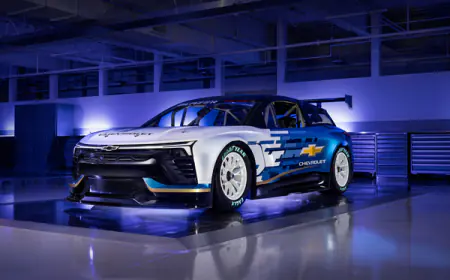

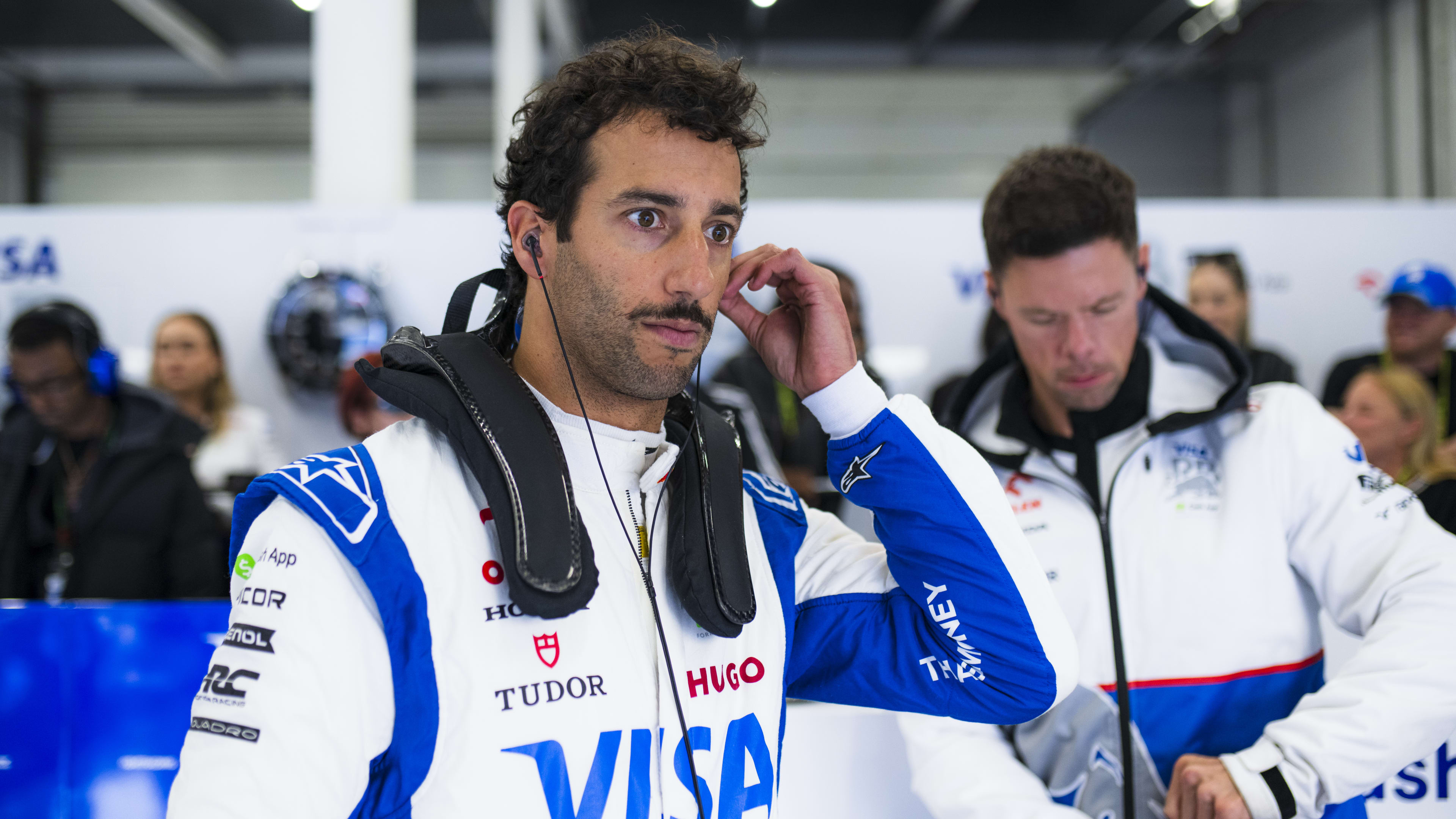
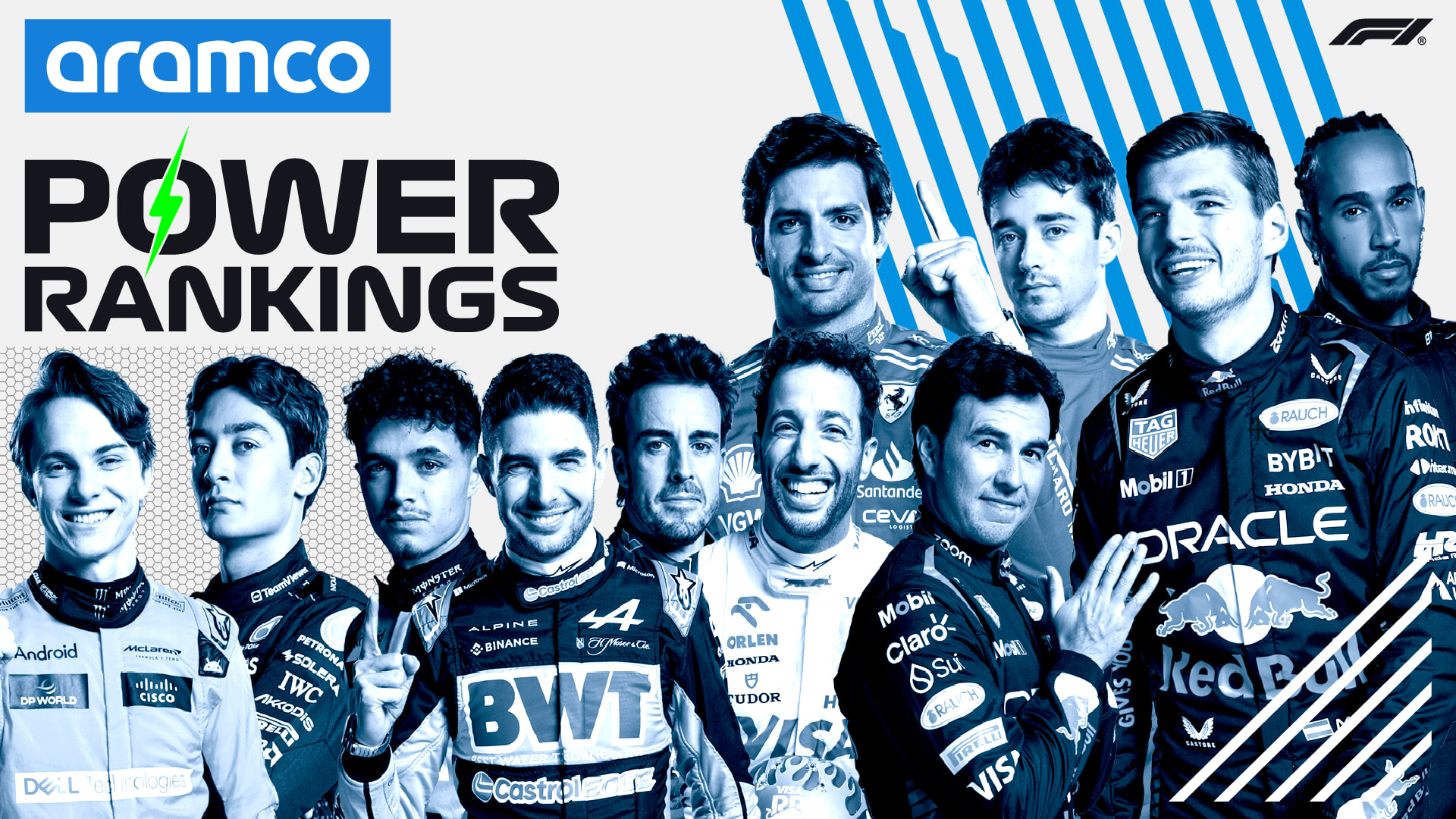
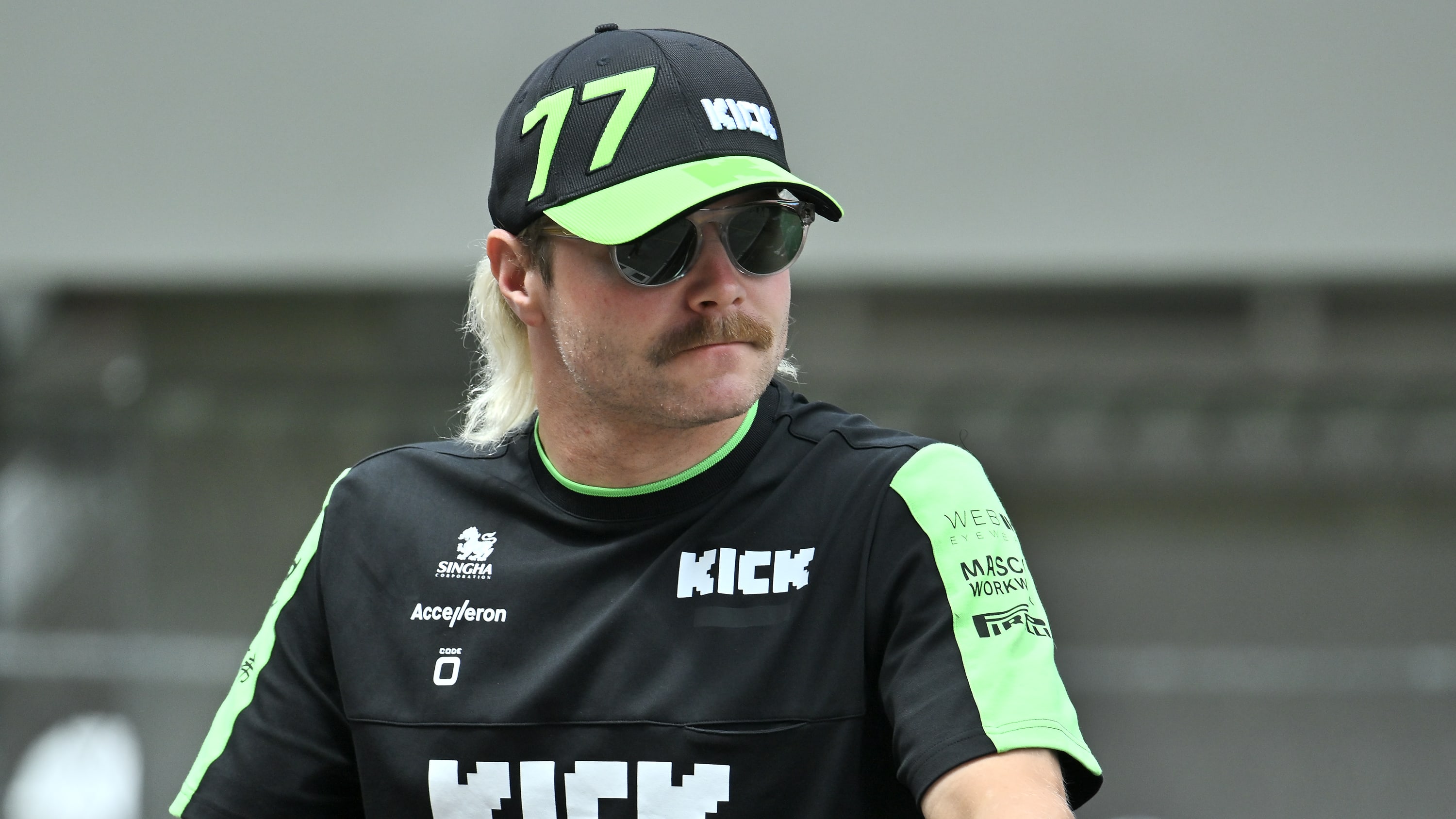
.png)
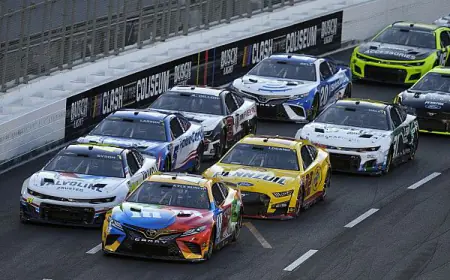
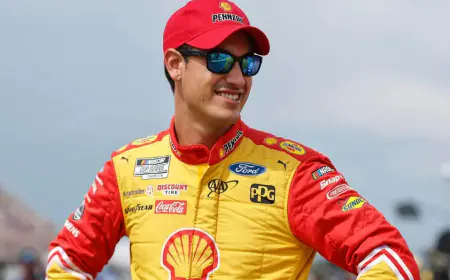
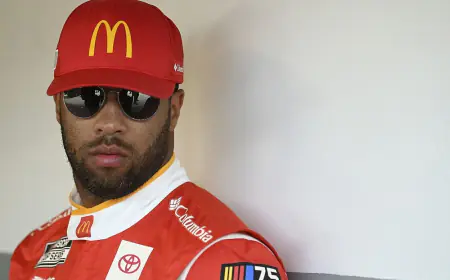

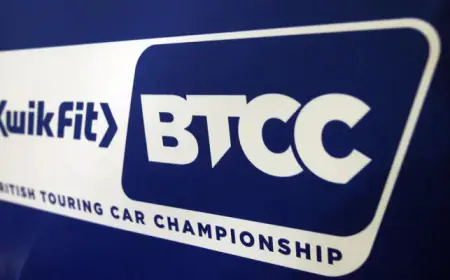
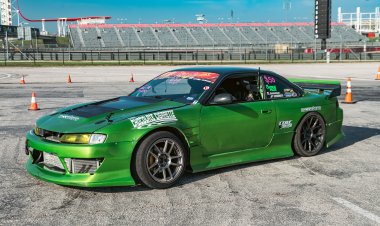
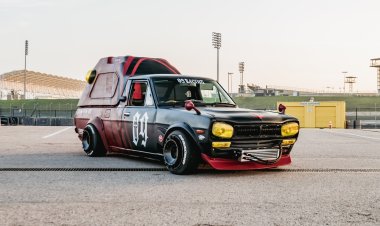
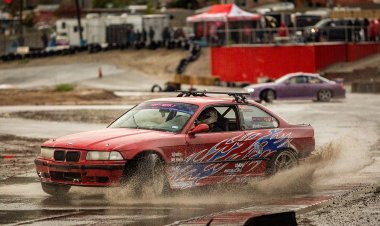

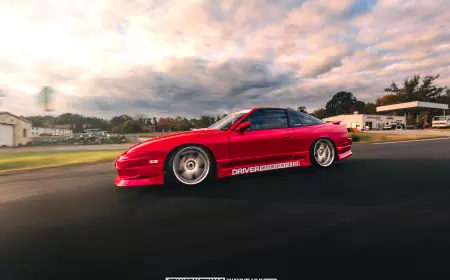
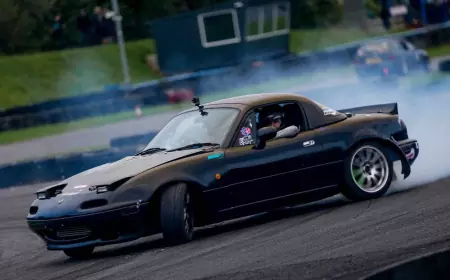

![[HOONIGAN] Ken Block's GYMKHANA NINE](https://img.youtube.com/vi/_bkX5VkZg8U/maxresdefault.jpg)

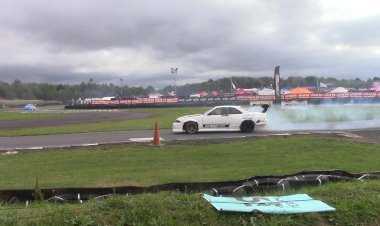
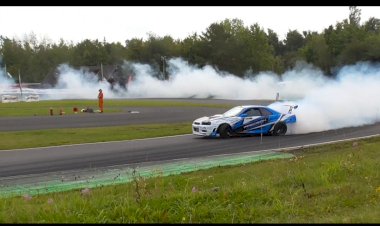

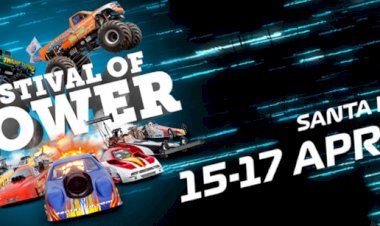




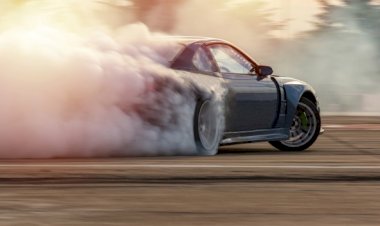
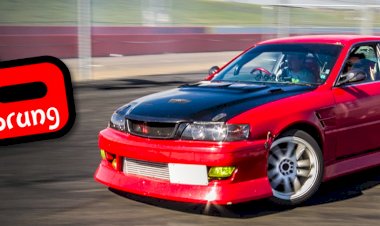
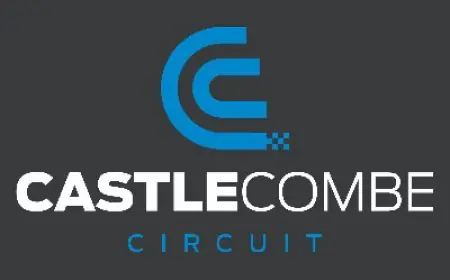

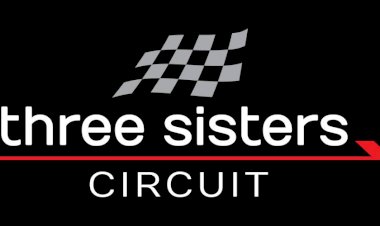









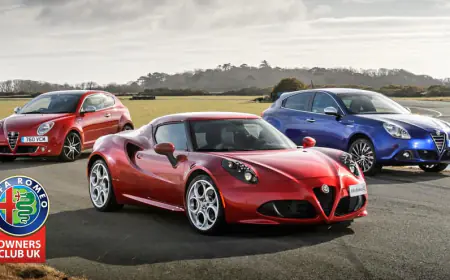





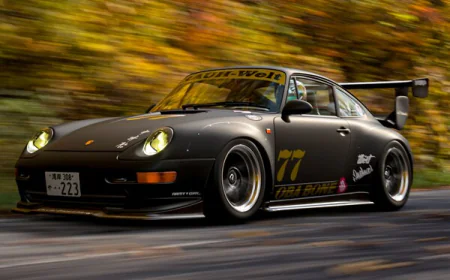




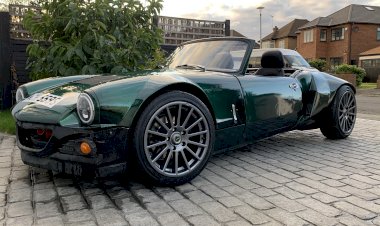
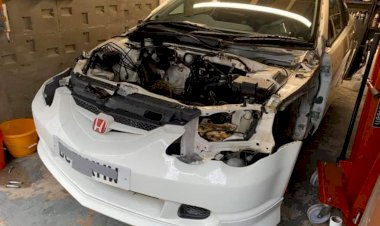
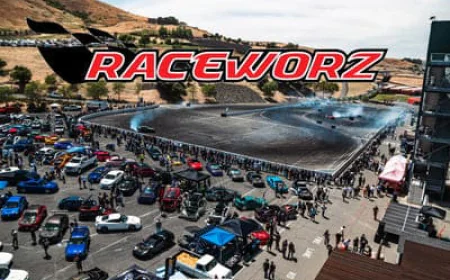
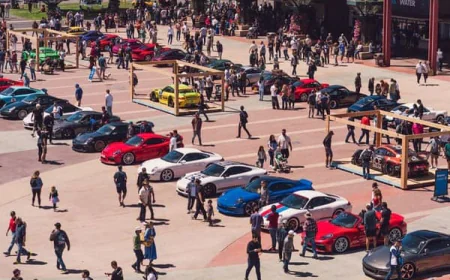


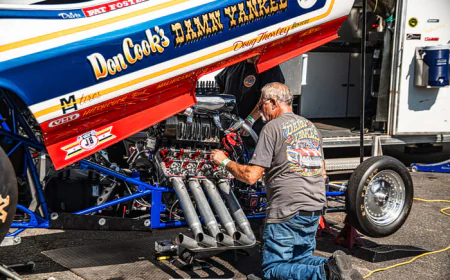
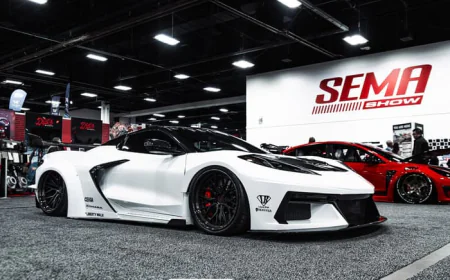
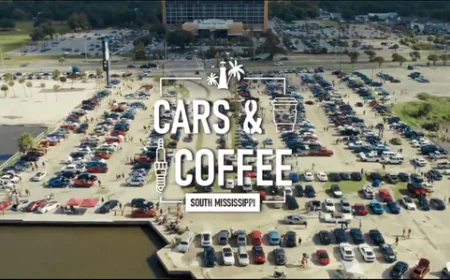
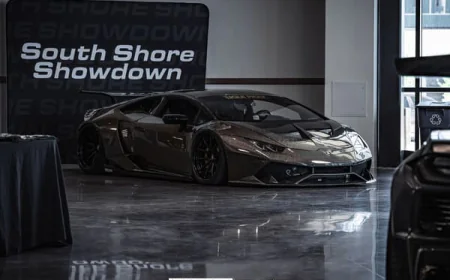
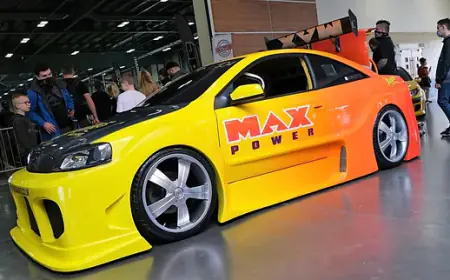

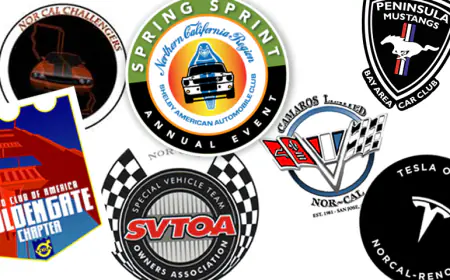
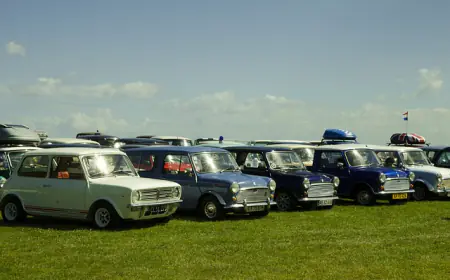

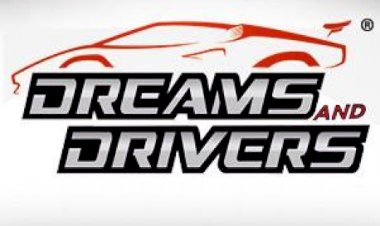



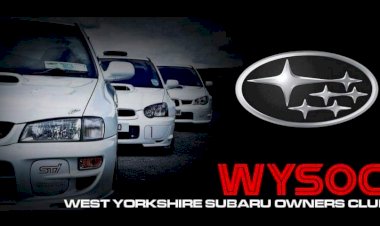



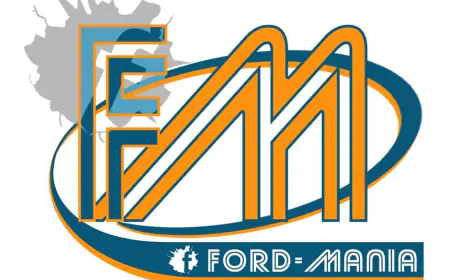


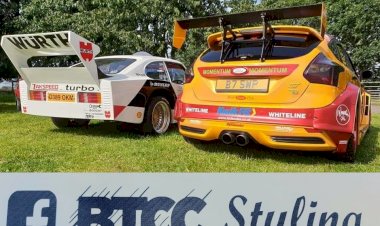

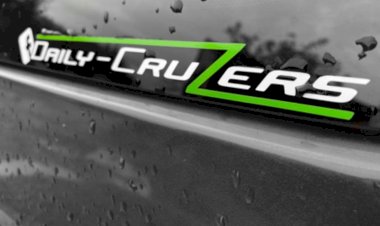


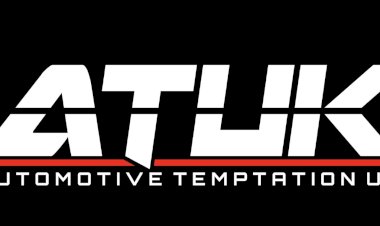
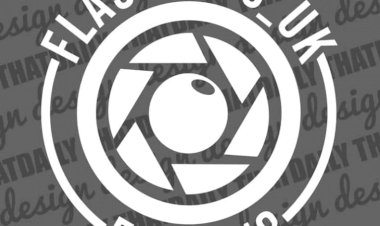


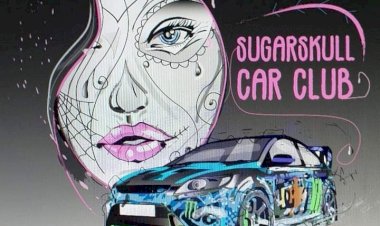


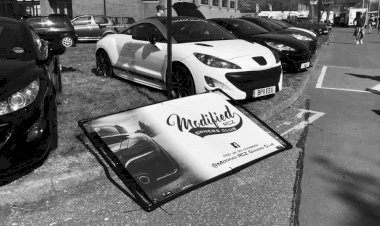


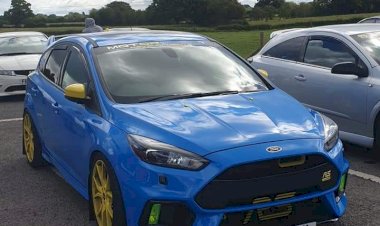



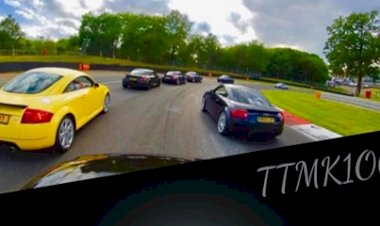


![[HOONIGAN] KEN BLOCK'S GYMKHANA SEVEN: WILD IN THE STREETS OF LOS ANGELES](https://cdn.motor1.com/images/mgl/2KlO4/s1/ken-block-london-tour-directors-cut.jpg)


